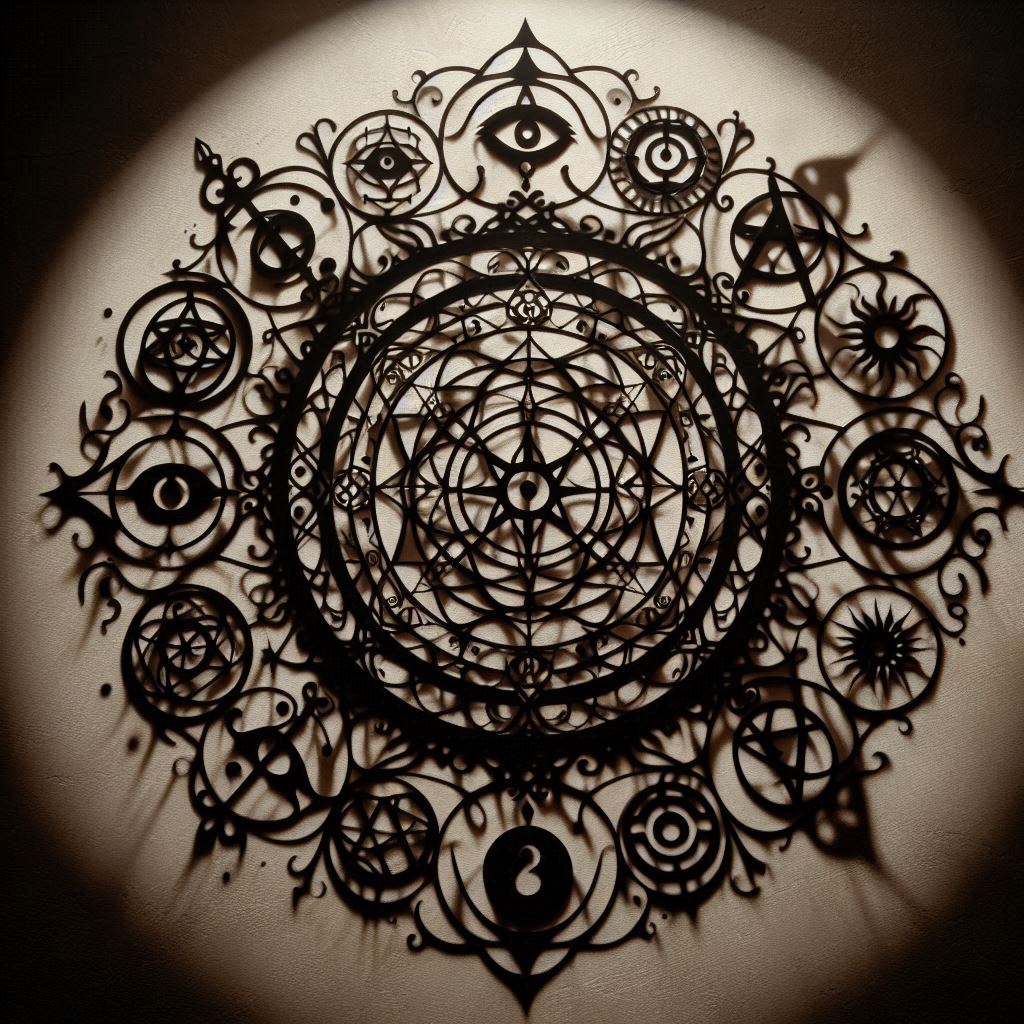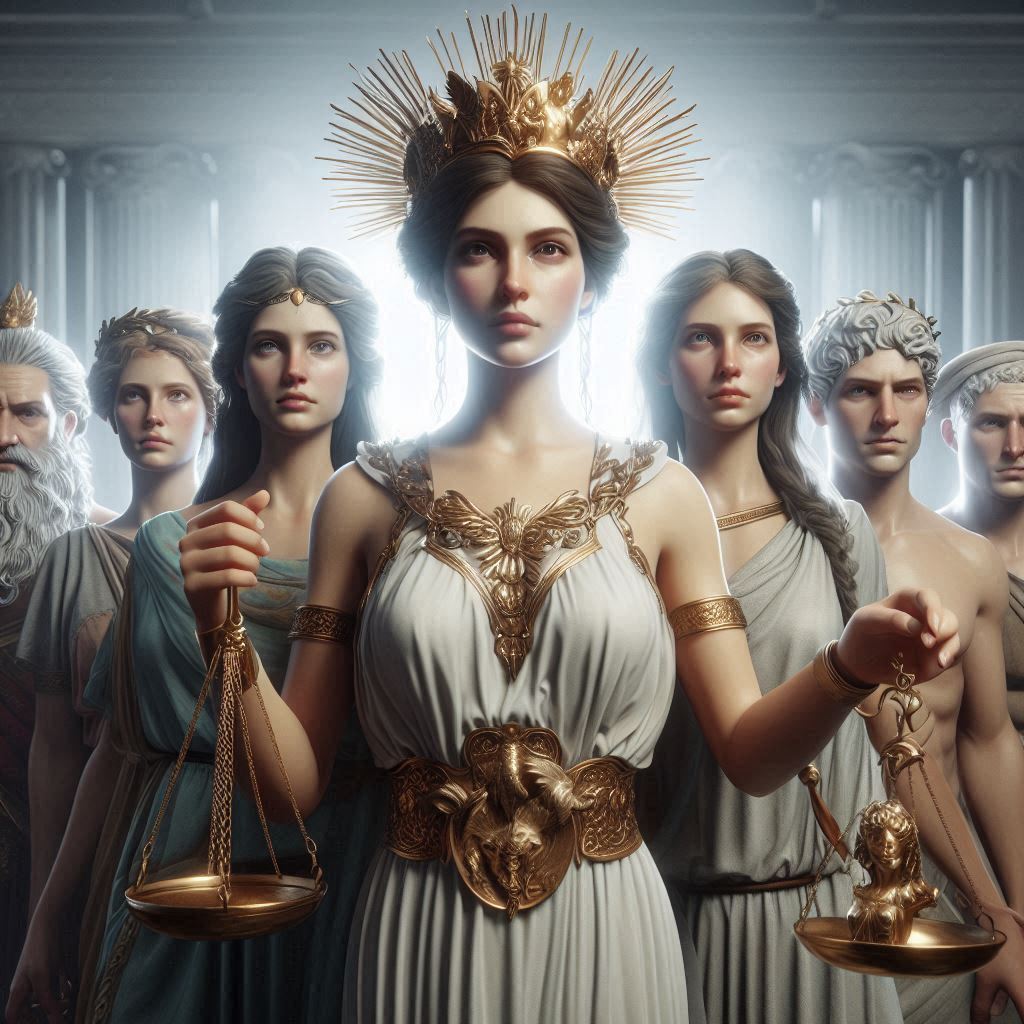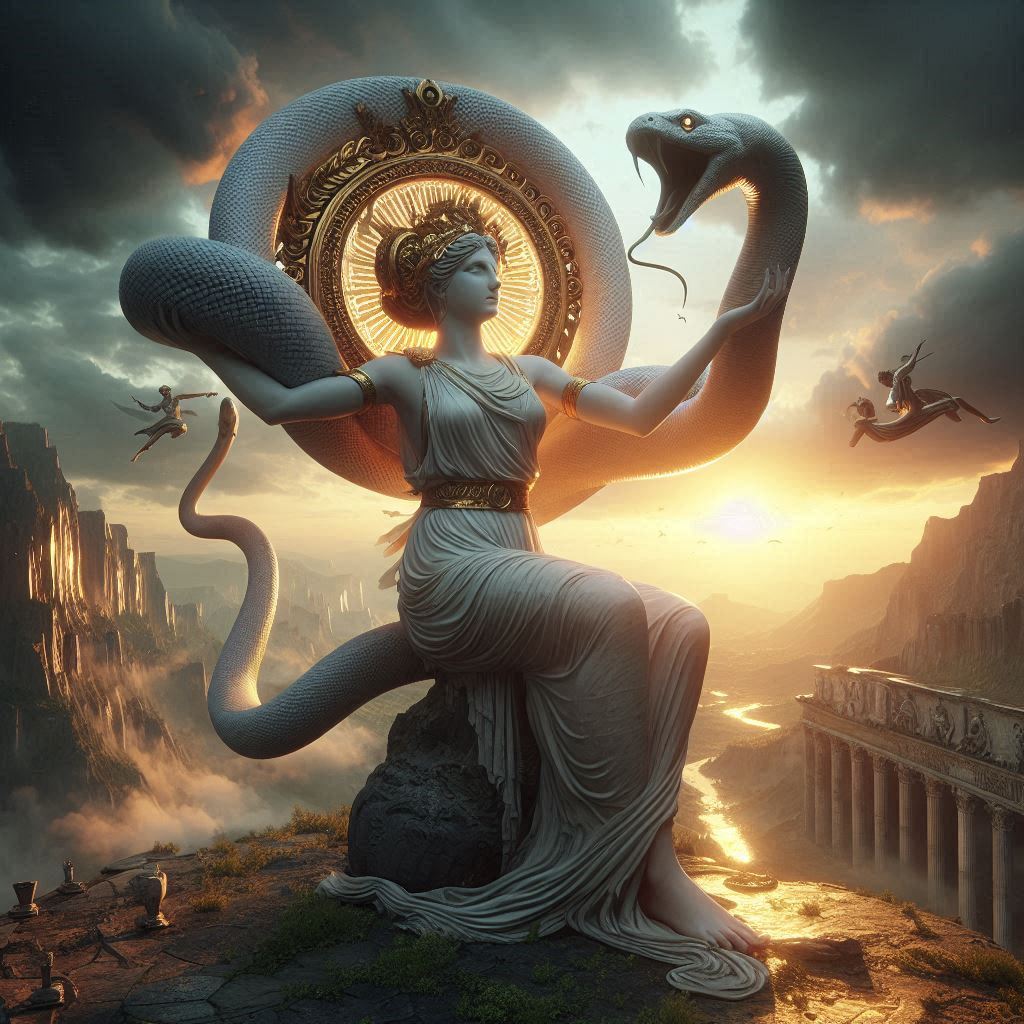Table of Contents
Shakespeare’s Historical Knowledge: Fact, Fiction, and Artistic License
William Shakespeare’s history plays are among his most enduring works, dramatizing the lives of kings, the turbulence of political power, and the consequences of ambition. However, Shakespeare was not a historian—he was a playwright who used historical narratives as raw material for compelling drama. His depictions of historical figures like Henry V, Richard III, and Julius Caesar have shaped popular perceptions of these individuals for centuries, often blurring the line between fact and fiction.
This essay explores Shakespeare’s historical knowledge, the sources he relied upon, the extent of his historical accuracy, and the reasons behind his frequent deviations from documented history. By examining these elements, we can better understand how Shakespeare transformed history into art and why his versions of historical events remain so influential.

1. Shakespeare’s Sources for Historical Plays
Shakespeare did not have access to modern historical scholarship, but he was well-read in the historical texts available during the Elizabethan era. His plays drew from a variety of sources, each with its own biases and limitations.
A. English History: Holinshed’s Chronicles
The most significant source for Shakespeare’s English history plays was Raphael Holinshed’s Chronicles of England, Scotland, and Ireland (second edition, 1587). This massive compilation of British history provided Shakespeare with detailed accounts of monarchs, battles, and political intrigues. However, Holinshed’s work was not an objective historical record; it was a patchwork of earlier chronicles, legends, and Tudor propaganda.
For example:
- In Macbeth, Shakespeare amplifies the villainy of the historical Macbeth, largely based on Holinshed’s account, which was influenced by pro-English, anti-Scottish sentiment. The real Macbeth ruled Scotland for 17 years (1040–1057) and was not the outright tyrant Shakespeare portrays.
- Richard III presents the king as a physically deformed and morally corrupt usurper, a depiction derived from Tudor historians who sought to legitimize Henry VII’s reign. Modern historians argue that Richard III’s reputation was unfairly maligned by his successors.
B. Roman History: Plutarch’s Lives
For his Roman plays (Julius Caesar, Antony and Cleopatra, Coriolanus), Shakespeare relied on Plutarch’s Lives of the Noble Greeks and Romans, as translated by Sir Thomas North in 1579. Plutarch’s biographies were more nuanced than Holinshed’s chronicles, offering psychological insights into historical figures. However, Shakespeare still took liberties for dramatic effect:
- In Julius Caesar, historical timelines are compressed, and omens (such as the soothsayer’s warning) are exaggerated to heighten tension.
- Antony and Cleopatra romanticizes its protagonists, emphasizing their doomed love affair over the complex political realities of the Roman civil wars.
C. Other Influential Sources
Shakespeare also consulted:
- Edward Hall’s The Union of the Two Noble and Illustre Families of Lancaster and York (1548), which provided a Tudor perspective on the Wars of the Roses, shaping plays like Henry VI and Richard III.
- Medieval chronicles and popular ballads, which blended history with legend (e.g., the portrayal of King John in The Life and Death of King John).
2. Historical Accuracy vs. Dramatic License
Shakespeare frequently altered historical facts to serve his dramatic purposes. His plays prioritize emotional impact and thematic resonance over strict adherence to historical truth.
A. Chronological Compression
Many of Shakespeare’s plays condense years or even decades of events into a streamlined narrative. For instance:
- Henry V skips over years of warfare and diplomacy to focus on the Battle of Agincourt (1415), presenting it as a glorious English victory while downplaying the brutal realities of medieval combat.
- Henry IV, Part 1 and Part 2 compress multiple rebellions (such as the Percy revolt) into a more immediate and cohesive dramatic arc.
B. Character Manipulation
Shakespeare often reshaped historical figures to fit theatrical archetypes:
- Richard III: The real Richard was not the monstrous hunchback of Shakespeare’s play. While he did seize the throne, his physical deformities were likely exaggerated for dramatic effect. The play’s portrayal reflects Tudor propaganda, which sought to justify Henry VII’s rule.
- Falstaff: Originally based on Sir John Oldcastle, a Lollard martyr, Shakespeare changed the character’s name to avoid offending powerful descendants. The resulting Falstaff became one of Shakespeare’s most beloved comic figures, despite having little basis in historical fact.
C. Invented Scenes and Speeches
Some of the most iconic moments in Shakespeare’s histories are entirely fictional:
- The St. Crispin’s Day Speech (Henry V): There is no historical record of Henry V delivering such an inspiring oration before Agincourt. The speech serves to elevate Henry’s leadership and rally the audience’s patriotic sentiments.
- Lady Macbeth’s madness: The historical Gruoch (Macbeth’s wife) left no record of sleepwalking or guilt-ridden hallucinations. Shakespeare invented these scenes to heighten the psychological drama.
3. Shakespeare’s Understanding of History
Despite his embellishments, Shakespeare demonstrated a sophisticated grasp of historical themes and political dynamics.
A. The Nature of Power
His histories explore how rulers gain, maintain, and lose power. Richard II examines the divine right of kings, while Henry IV grapples with the burdens of leadership and the compromises required to govern effectively.
B. The Role of the Common People
Though Shakespeare’s histories primarily focus on nobility, they occasionally include perspectives from lower-class characters. The Jack Cade rebellion in Henry VI, Part 2 reflects contemporary anxieties about social unrest and mob rule.
C. Cyclical History
Many of his plays suggest that history repeats itself—usurpation, civil war, and political betrayal recur across generations. The Wars of the Roses cycle (Henry VI to Richard III) illustrates how dynastic conflicts perpetuate violence.
4. Why Did Shakespeare Alter History?
Several factors influenced Shakespeare’s departures from historical accuracy:
A. Political Censorship
Under Elizabeth I and James I, playwrights had to avoid offending the monarchy. His portrayal of Richard III as a villain flattered the Tudor dynasty, which had overthrown him. Similarly, Henry VIII (co-written with John Fletcher) presents a sanitized version of the king’s reign to please his successor, James I.
B. Audience Expectations
Elizabethan audiences craved drama, spectacle, and moral lessons rather than dry historical accuracy. Shakespeare gave them vivid characters, thrilling battles, and memorable speeches—even if they strayed from the facts.
C. Theatrical Necessity
A successful play needed strong conflicts, clear villains, and emotional arcs. History was a framework to be reshaped for maximum dramatic impact.
5. The Legacy of Shakespeare’s Historical Plays
Shakespeare’s histories have had a lasting impact on how we perceive historical figures and events:
- Richard III is still widely seen as a villain, thanks in part to Shakespeare’s portrayal.
- Henry V is remembered as a heroic warrior-king, despite the complexities of his reign.
- Julius Caesar remains a defining portrayal of political ambition and betrayal.
Modern historians often critique Shakespeare’s inaccuracies, but his plays endure because they explore timeless themes—power, loyalty, ambition, and the human cost of leadership.
Conclusion
Shakespeare’s historical knowledge was extensive but selective. He used history as a tool to explore human nature, political power, and moral dilemmas. While his plays should not be mistaken for factual records, they reveal how history was interpreted—and manipulated—in Renaissance England. His genius lay in transforming historical events into gripping drama, ensuring that his versions of history would outlast the dry chronicles of his sources. Ultimately, Shakespeare’s histories are not about the past as it was, but about the past as it could be—a mirror for the present and a timeless exploration of what it means to be human.


No responses yet